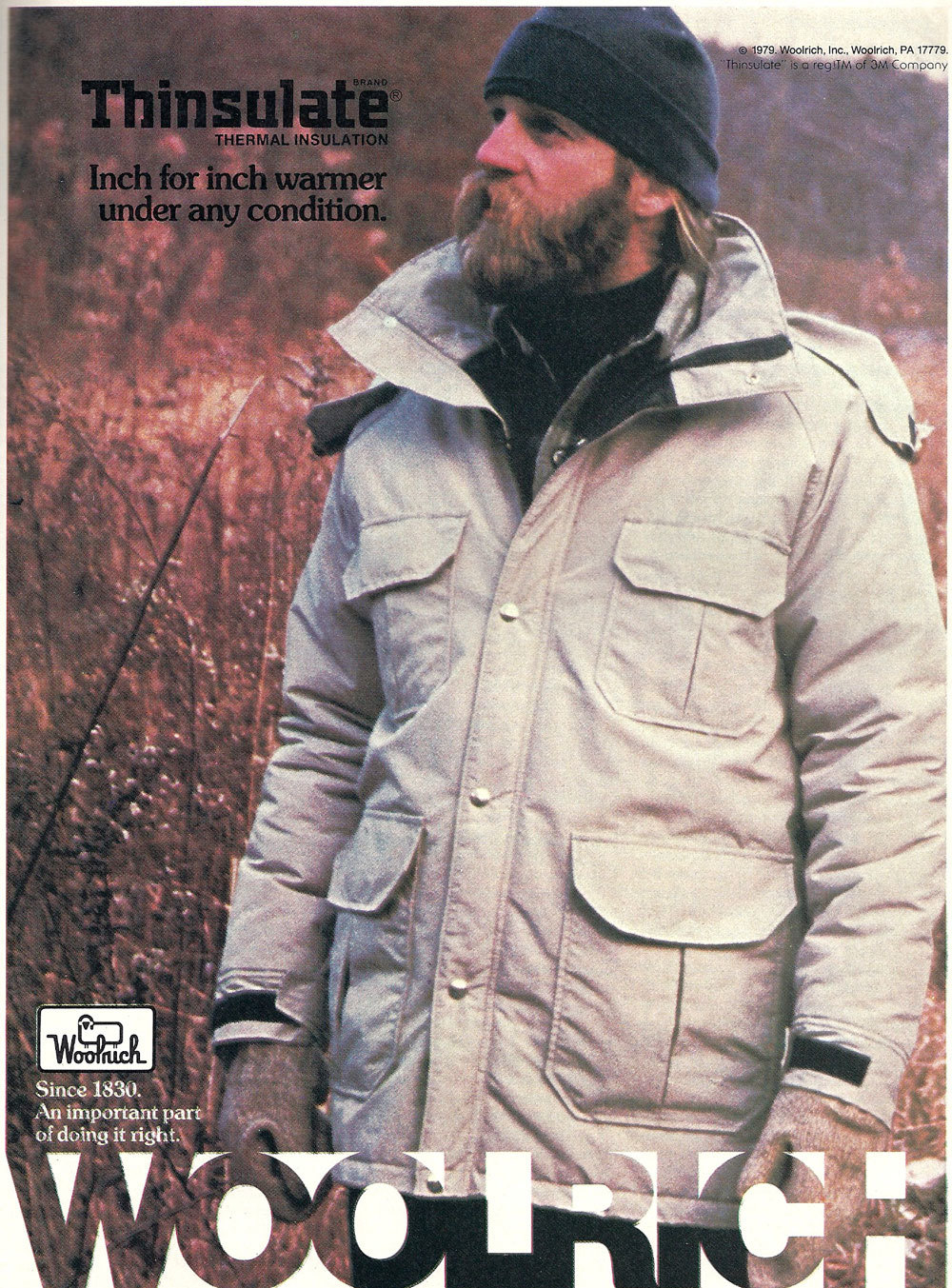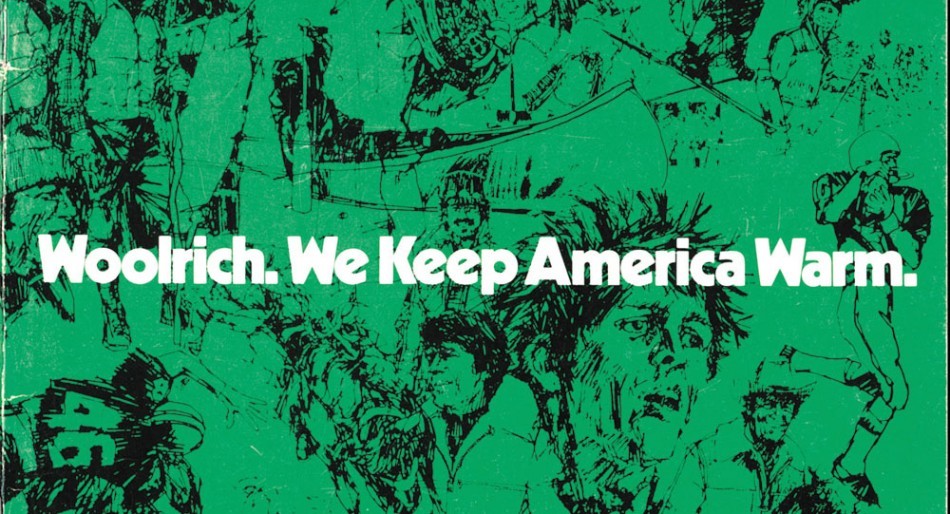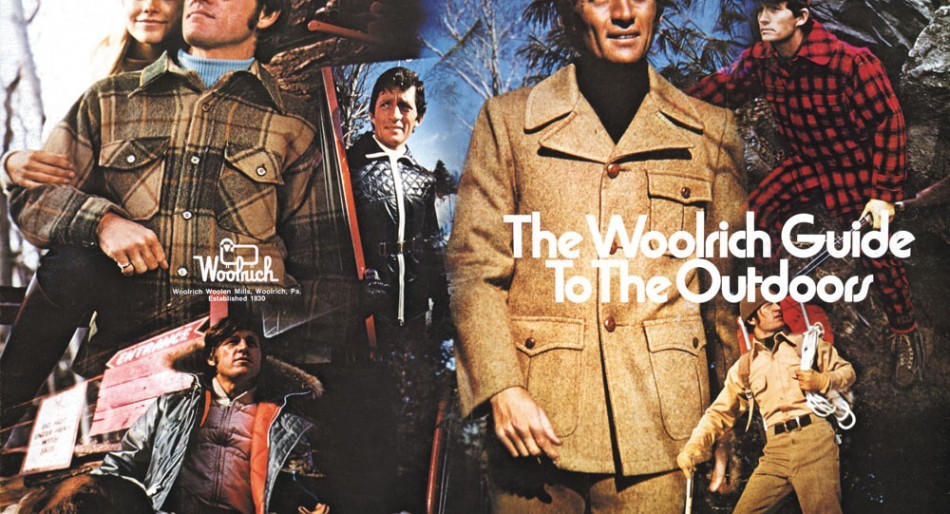Depending on how you look at it, being an outerwear addict has either been really tough or really easy in recent seasons. Across the fashion platform – and in menswear in particular – designers have practically been parading coats down the runways, cementing the current position of outerwear as the ultimate wardrobe status symbol—or, to use a horrible fashion word, trophy piece. But rather than revolutionising coats and jackets, what seems to resonate most with designers and their wearers are the classics: there’s that invincible camel coat, the ubiquitous bomber, and then of course the parka, bigger than ever. Kanye West’s interpretation of it in his A.P.C. collection last year was a kind of monument to its standing in contemporary youth culture, like all things Mr West touches. When it comes to outerwear, however, it always starts and ends with the originals. A few years ago, a fashion dictionary made an in-depth research, which showed that in Europe, the parka is irrevocably associated with Woolrich, the American brand that first invented the Arctic Parka in 72.

“It lasts forever,” says Andrea Canè, the creative director of WP Lavori in Corso, the license-holder and distributor of Woolrich. “Sales are subject to change in time, with ups and downs. I saw this happen at least twice in my career and to control this our sales strategy aims to place a quota on the introduction of parkas on the market.” But unlike the innovation tactics of some purveyors of classic outdoor pieces, Woolrich doesn’t try to keep their legend in the limelight by re-designing it over and over again. Rather, they stick to the parka’s original values – durability, performance etc. – by improving the materials even further, such as the use of Gore-Tex, their Loro Piana Storm System, Byrd Cotton, and the similarly premium outdoor range, Teton. Instead of adding bells and whistles to the parka, Woolrich is elevating it from the inside out, much in keeping with fashion’s current fondness for quiet luxury and all things artisanal. And so, the Woolrich parka has become a kind of backbone in the current outerwear craze.
That’s of course not to say that reinvention isn’t key. “A classic needs to be updated in order to not become old,” Cané says. “The materials are key, too: take the down, for example. ten years ago, the standard of down used was 70/30 and now it’s 80/20 or 90/10, because the garment needs to be more comfortable, lighter and warmer.” And as far as the runways go, Woolrich is far from oblivious to the efforts made by designers to jazz up the parka. “Designers are often more interested in design and aesthetics than in performance,” Cané explains. “I find the fashion interpretation of a classic garment very interesting, because it gives us ideas in terms of innovating the outerwear category. In today’s world, both performance and aesthetics are important. The feminine interpretation in fashion of new parkas is interesting. Especially in the parka category, both men’s and women’s garments could use similar development. When we started selling the Woolrich parka in Europe in the 80s, it was considered unisex.”

The parka was developed in 50s’ America for the military, where it became part of the uniform for troops stationed in cold climates. When Woolrich invented its Arctic Parka in 72 – the jacket that’s gone down in history is still worn all over the world, where it’s cold enough, anyway – it was meant for the thousands of workers sent to north of the Arctic Circle to work on the Alaskan Pipeline. With temperatures of 30°C below zero, the parka could withstand the extreme weather conditions and protect workers for the snowy winds. With its natural resistance to frosting, the original coyote trim lining served that same purpose, while shielding the face from snow and ice, although today Woolrich offers faux fur alternatives. “We are trying to develop a high quality fake fur trim that looks and feels real,” Cané says, and adds that the use of fur effects on parkas have interestingly never posed the masculine vs. feminine challenges in menswear, which has been the case with other garments.
It’s a fact that goes hand in hand with the increasing rise of outdoor garments in fashion, and even as far as formalwear – a evolution long underway. “A very interesting report on parkas was published in a Japanese magazine in the late 70s where the Woolrich parka was described as ‘outdoor chic’,” Cané recalls. “The essential design and the related performance defined it. I remember in the picture there was a Japanese businessman in a suit wearing an Arctic Parka on top.” In the current fashion landscape it’s an everyday occurrence, and one that often seems to swap around the codes of those two categories of dress. Where tailoring has become normalised and deformalised to the point of losing its sense of drama, the parka now adds the chic rather than dressing a look down. You can, as they say, wear it anywhere. “When it is cold, no matter if it’s day or night,” Cané says. Welcome to the age of outerwear.
